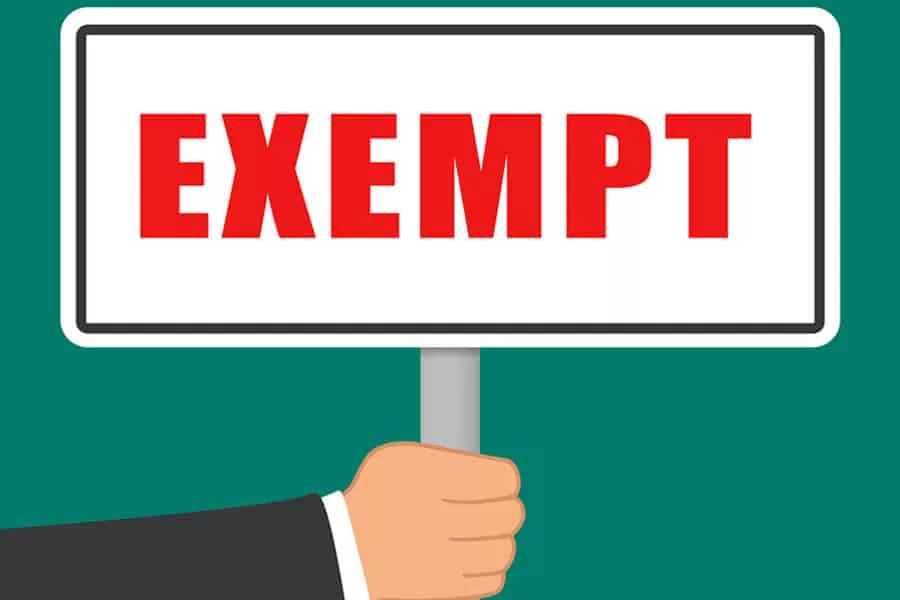
OR-OSHA Small Farm Exemption
Oregon-OSHA Requirements
Division 4, Subdivision A: General Subjects
For those employers that qualify for the Small Farm Exemption, it is important to have the following documents available in the event of an inspection:
OR-OSHA Program Directive 214: Inspection Guidance for Agriculture Small Employer Exemption
Many enforcement officers are not aware this exemption exists and may insist on continuing with the inspection. If this occurs, provide them with the OR-OSHA Program Directive 214. This is evidence of this program in OR-OSHA and includes how enforcement officers should verify your exemption.
Documentation of Safety Training
Your certificate from SAIF’s Ag Safety Seminar or other comparable training serves as evidence of required safety training.
Documentation of Comprehensive Consultation
You must provide documentation showing the date of the comprehensive consultation and name of the provider, but you ARE NOT required to provide a copy of the report. See additional details below.
To qualify for the small farm exemption, you must meet the following requirements:
1. Number of Employees
You must be an agricultural employer with 10 or fewer permanent year-round employees (both full-time and part-time) who fall under the scope of Division 4 requirements (agriculture). Exclude members of employer’s immediate family (parents, spouses, siblings, children, daughters-in-law, sons-in-law, nieces, nephews, grandchildren, foster children, stepparents, and any blood relative living as a dependent of the core family).
2. No Accidents
Within the preceding 2-year period, the employer must not have had a complaint filed or an accident resulting in death, in-patient hospitalization or injury resulting in more than 3 days of lost work that was a result of a violation of OR-OSHA rules.
OSHA inspectors will rely on information provided by the employer and review of Form 801 to determine if any accidents that occurred during this period were the result of a violation of OR-OSHA rules. They cannot do an accident investigation to make a determination. If they are unsure, the directive is to give the employer the benefit of the doubt.
3. Training
Employer and principal supervisors of the agricultural establishment must complete, annually, at least 4 hours of instruction on agricultural safety or health rules and procedures. The employer must have documentation that includes the date of training, name and signature of the provider, length of training, and the subjects covered in the training.
Acceptable training includes any practices or instructions about safety and health issues related to agricultural employment. Any supplier can provide this training. The training may be given or received in any venue or media, including self-study courses, videos, etc. Inspectors will evaluate the training to determine if it meets the intent of the rule.
** SAIF Ag Safety Seminars are a common way to fulfill this requirement.
Certified Applicator Training Core A and B classes (certified by the Oregon Department of Agriculture) satisfy one hour of the required training annually. Attending a comprehensive safety and health consultation done on an agricultural place of employment is also acceptable as training. Example: Farmer A has a comprehensive consultation done within the last 12-month period. All principal supervisors accompany the consultant. Several neighboring farmers also attend the consultation. This would satisfy the annual training requirement for those people in attendance.
4. Consultation
The employer must have had a comprehensive consultation within the last 4 years by an individual acting in a safety consultant capacity, and all hazard identified were abated. This consultation is not required to be conducted by Oregon OSHA.
All comprehensive consultations should cover the entire establishment, include a physical hazard assessment evaluation, review of records and written programs, and include a written report by the provider including findings, recommendations, and the guidance necessary to resolve the problems identified.
The time period begins when the consultation happens.
Inspectors will ask if employers have had a consultation within the last 4 years and if all problems identified in the report were corrected, and will ask to see documentation showing the date of consultation and name of the provider. Employers will need to provide documentation for the date and name of the provider, but the employer does not need to provide a copy of the report and inspectors cannot do an inspection to determine if the problems identified in the report were corrected. To identify if the hazards were abated, enforcement will ask ag employers if they corrected the hazards. If the employer says “no”, then they are NOT eligible for the exemption. If the employer says “yes”, OSHA should trust their answer and if all elements of the exemption are met, should discontinue the inspection.
The small farm exemption DOES NOT include inspections for agricultural labor housing, field sanitation, valid complaints, or accidents resulting in death or serious disabling injury. Employers may still be inspected for these things even with the small-farm exemption.
